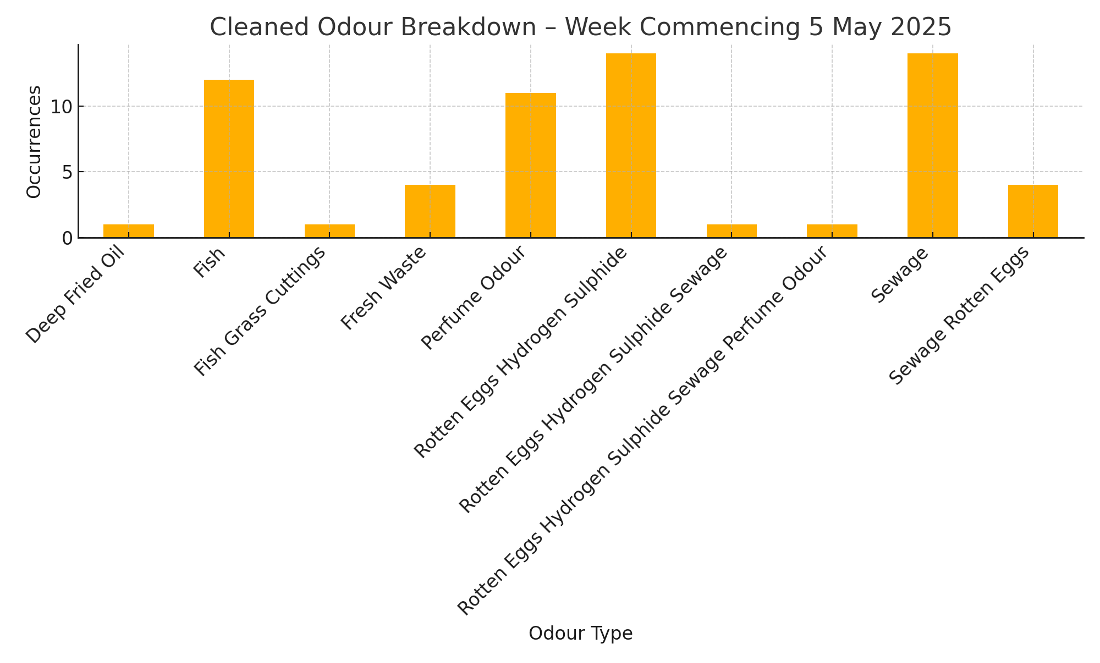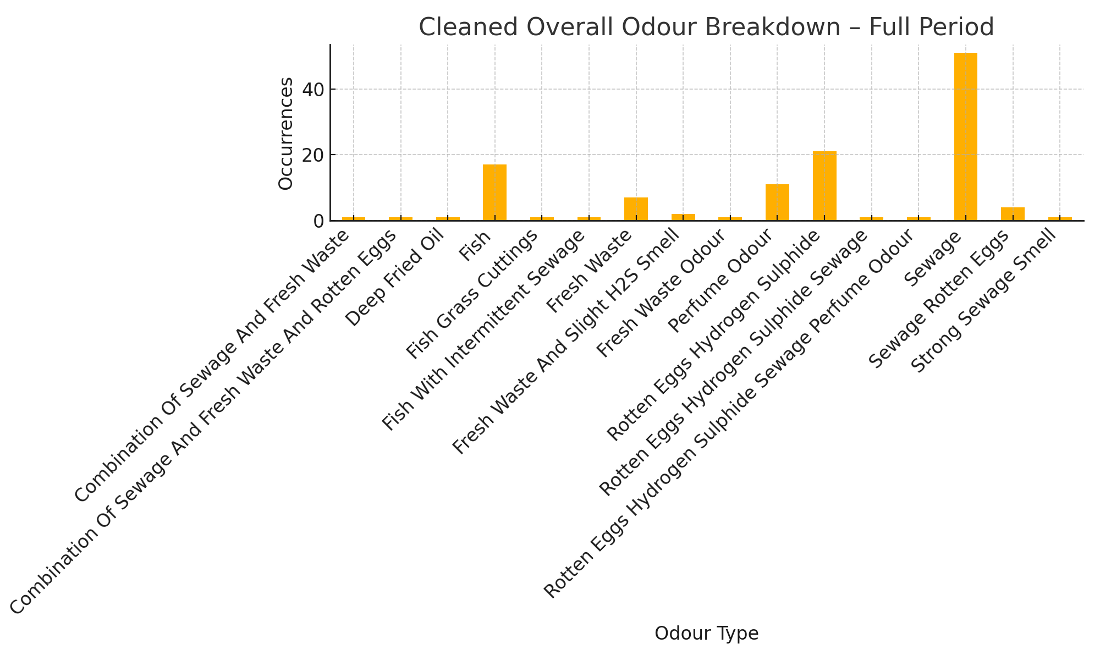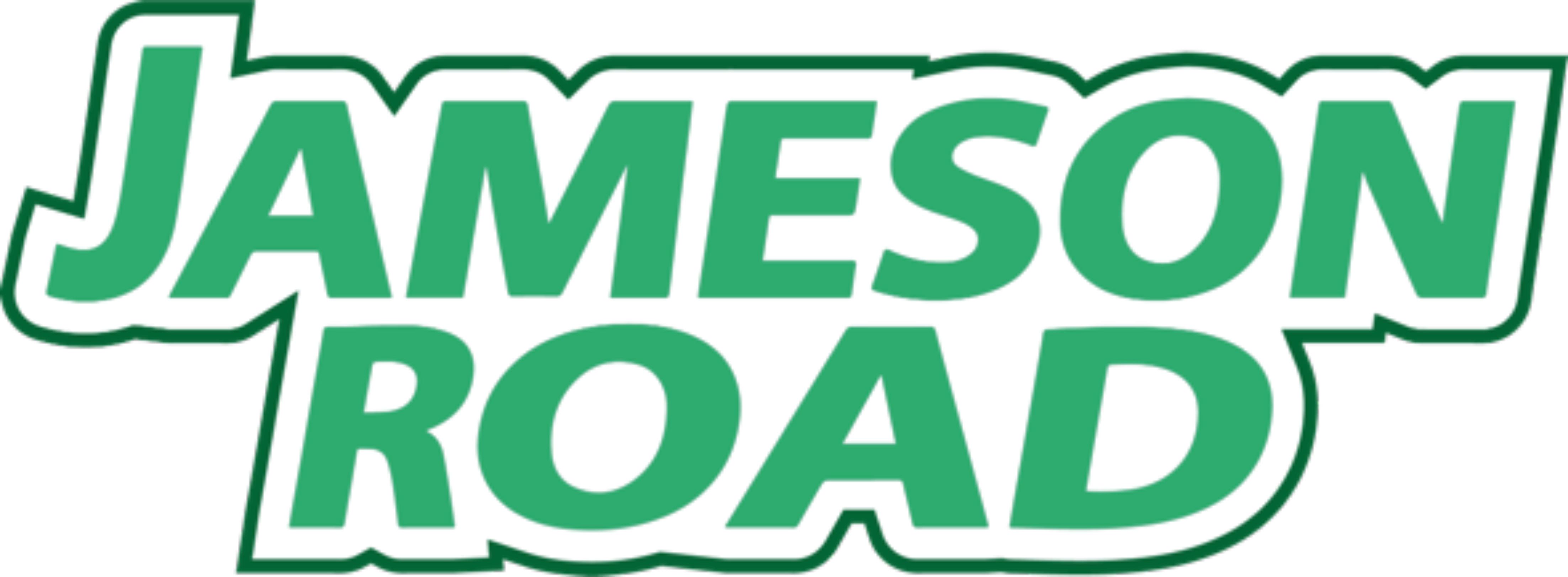The first set of results from the independent odour monitoring company have been published and show that odour levels are currently low, and appear to originate from a number of sources.
Transwaste commissioned the independent odour monitoring company to conduct daily testing around the site perimeter and at selected receptor locations in nearby communities. Using advanced techniques that track odour intensity, character and likely source — all GPS and time-stamped — the monitoring programme provides a robust dataset that is cross-referenced with complaint logs from local residents. This evidence-based approach allows them to track trends, identify causes of concern, and take swift, targeted action where necessary.
This news, in addition to the Environment Agency 10-month long study published last week which found no dangerous emissions from the site, should further reassure residents.
The data, gathered for the week commencing 5 May 2025 as part of the ongoing odour monitoring program, indicates that while some odours were detected, the majority of tests revealed no odour issues—and significantly, when it was detected, odour originating from the landfill site was not the only source.
A total of 179 odour assessments were conducted throughout the week, with 116 of those registering no detectable odour. Of the 63 instances where odour was noted, many occurred at locations identified as high-sensitivity receptors, such as Harbour Village, Cala Gran, Broadwater Avenue, and Larkholme Lane. These areas are closely monitored due to their proximity to residential zones and their importance in gauging community exposure.
Crucially, the report highlights that odours in the area originate from multiple sources, not just the landfill. This is a key distinction for residents and stakeholders concerned about the environmental impact of waste management operations. The relatively low frequency of landfill-related odour incidents underscores the improved effectiveness of control measures and operational protocols in place at the site. The main odours detected (in order) were:
- Sewage
- Rotten eggs/hydrogen sulphide
- Fish
- Perfume odour
- Fresh Waste
- Sewage/rotten eggs
Since the beginning of the programme, 460 odour assessments have been conducted, with a substantial 338 returning “no odour” results. Of the 122 occasions when odour was detected, the overwhelming majority of tests indicated sewage as the source. Only a small proportion were attributed to the rotten eggs/hydrogen sulphide, followed by fish and perfume odour, reinforcing the conclusion that other environmental and industrial sources are contributing significantly to local odour levels.
1. Week Commencing 5 May 2025
Total tests: 179
No odour detected: 116
Odour detected: 63

Odour Breakdown – Week Commencing 5 May 2025
High sensitivity odour hits this week: 22
Locations with high-sensitivity receptor odour detections:
- – Cala Gran
- – Broadwater avenue
- – Broadwater Entrance
- – Harbour Village
- – Larkholme Lane
- – Flakefleet Avenue
- – Between cala gran & broadwater entrance
- – a587
- – Springfield Terrace
2. Monitoring Summary to Date
Total tests: 460
No odour detected: 338
Odour detected: 122

Overall Odour Breakdown – Full Period
High sensitivity odour hits overall: 39
Locations with high-sensitivity receptor odour detections:
- – Harbour Village
- – Larkholme Lane
- – Broadwater avenue
- – Flakefleet Avenue
- – Broadwater Entrance
- – Springfield Terrace
- – Cala Gran
- – Pheasant wood Drive
- – Between cala gran & broadwater entrance
- – A587

